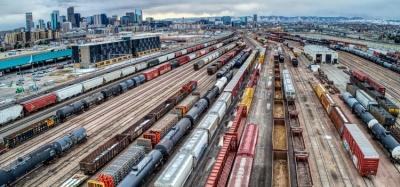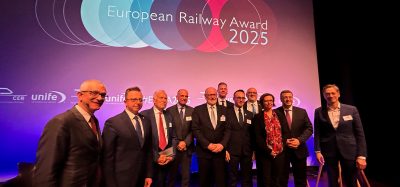Exploring the five digital challenges that transport groups face
Posted: 5 February 2019 | Andy Farmer | No comments yet
There are many challenges that companies face when trying to maximise the value of new digital technology. Increasingly important and common themes include cyber-security, fraud and platform scaling. However, these are familiar topics in many industries; there are some considerations that are more specific to transport groups, which can make a great difference to how successful their digital businesses can be. Andy Farmer, Executive Director – Strategy at ORM explores further.


1. Digital assets are decentralised and unconnected
Historically this is a common challenge, where discrete technology purchasing decisions have been made on a ‘case-by-case’ basis by different business stakeholders or Operating Companies (OpCos) within the group. Rather than being part of a centralised, coherent digital strategy, decisions are often based on lowest cost/minimum effort, as technologies such as e-commerce or journey planning are viewed as non-core tools to the business, unlike infrastructure. This can lead to a fragmented suite of digital assets managed by different suppliers, who have no vested interest in integrating their technology and investing in the chosen solution. OpCo stakeholders with different KPIs to meet aren’t able to effectively manage and direct these assets, increasing operational overheads, as well as negatively impacting customer experience.
Moving from this scenario to a centralised ‘Digital Services Platform’ that takes into account customer management, administration, back office and business intelligence as part of the single ecosystem using interconnected data, is perhaps the largest and most time-consuming challenge of all. However, it is the enabler for all the themes below and empowers transport groups with the freedom to control their own destiny and digital roadmap.
2. Limited customer understanding
Because many customers still pay for travel by cash or are sometimes using third-party e-commerce platforms, it can be difficult to get a clear picture of their purchase and journey behaviours. Without this insight, optimising products and routes to maximise customer loyalty (and business performance) becomes an inexact science. Incentivising account signup to owned digital platforms and developing loyalty schemes that reward digital purchase are common-sense initiatives to reduce this insight gap. In addition, customer insights programmes and account-based personalisation enables customer understanding as well as providing a better customer experience.
3. Inaccurate or incomplete journey planning experience
Whilst quickly finding and purchasing the best value journey is important for all travellers, the number one requirement is to be able to get to and from their end destination on time and with the minimum of fuss. Many transport groups still find supporting this service a challenge, not being able to provide information on other modes of transport or alternative journey options. Sometimes even up-to-date information on a specific bus or train is not available and/or it’s presented in a way that’s difficult to understand.
Real-time journey planning data functionality is now an expectation rather than a luxury for OpCos as well as providing a visual experience that allows customers to quickly plan on the go.
4. Too many confusing products
The UK transport industry has one of the most complex fares and ticketing landscapes in the world. There’s simply too much choice, not enough clear difference between options and a lack of clear explanation about the validity of each. Add to this the range of new digital purchase and fulfilment methods and it’s understandable that customers are confused and don’t trust that they are getting the best deal for their journey. Also, this complexity, combined with the gap in customer data sometimes makes it difficult for transport operators to know which of their products are the most profitable options; depending on time and frequency of travel, customers don’t always buy the same tickets for identical journeys and may not even remember which ticket they bought last time.
Simplifying the product range and offering clearer merchandising of the features of benefits of each is an important first step to increased take up and loyalty. Having a promotions engine that uses the customer’s account details to recommend the best purchase option based on habits and behaviours is next.
5. Internal cultural and organisational change
Without cultural change, we’ve found that technology transformation does not always have the expected benefits. Introducing new technology won’t increase transport companies revenues or reduce costs unless the people, process and knowledge are in place to take advantage of it. For many transport groups, the historical focus on hardware, infrastructure and logistics is at odds with digital enablement. We’ve found the best transformations come from within, and usually with top-down sponsorship and regular stakeholder engagement. This involves companies looking at all the aspects of their businesses – updating their target operating model, plus training, communication and development programmes to support the change.








